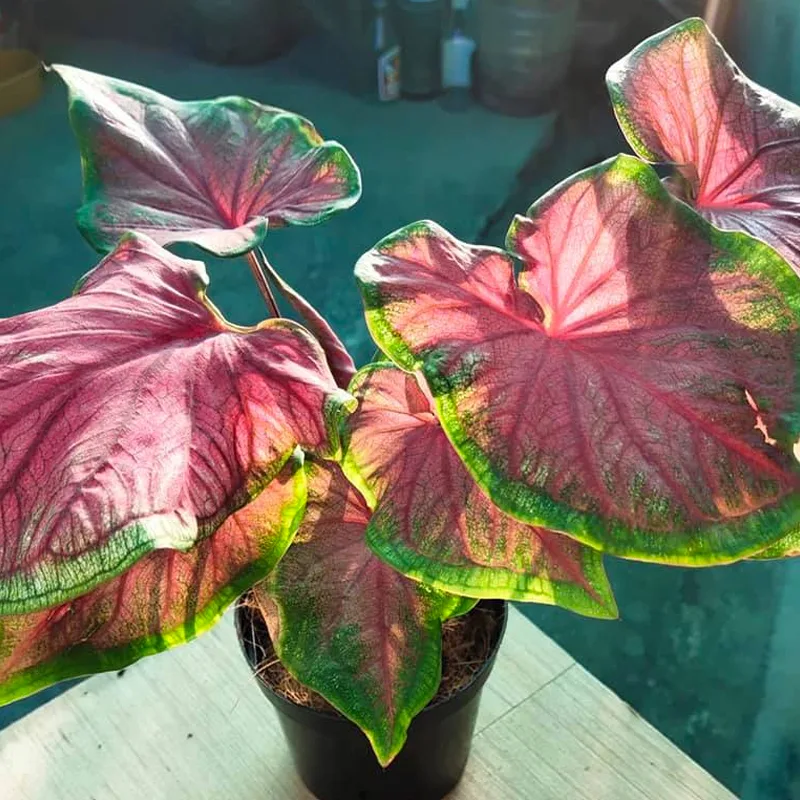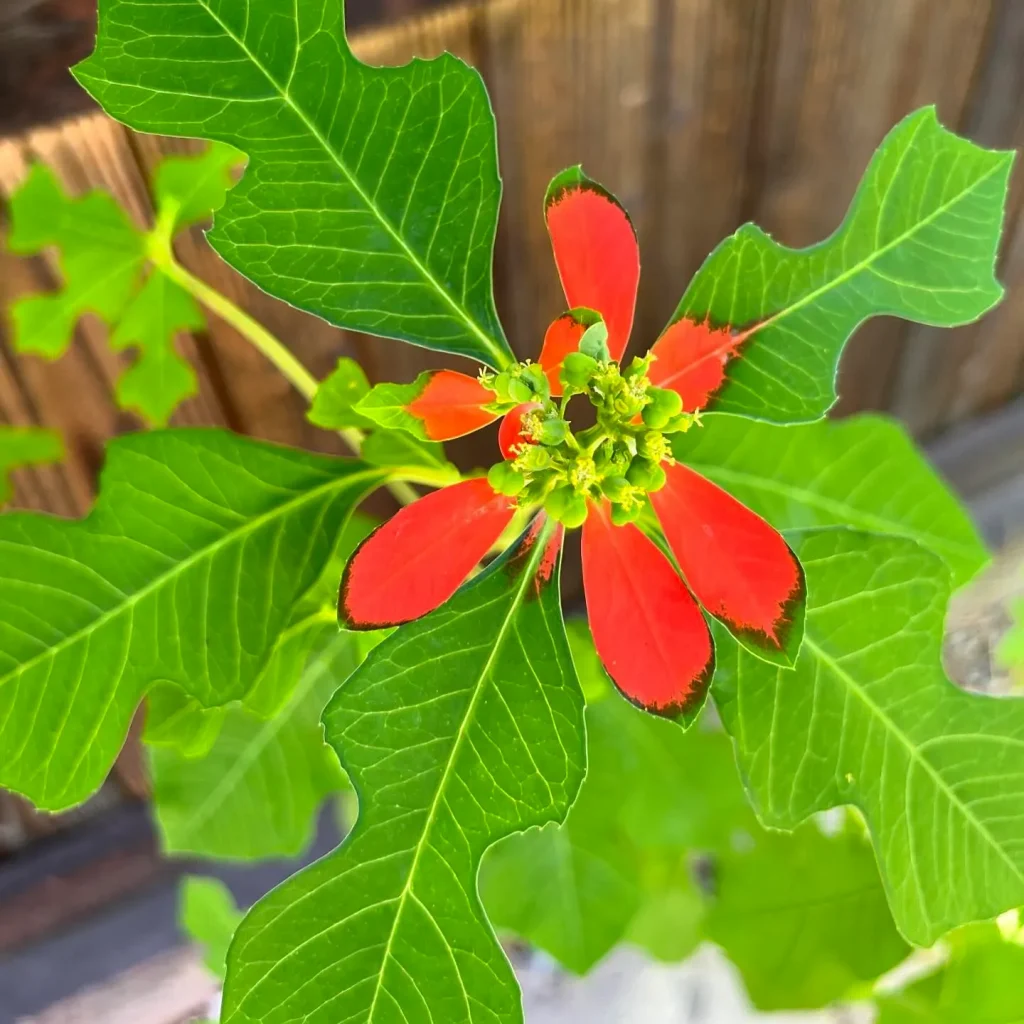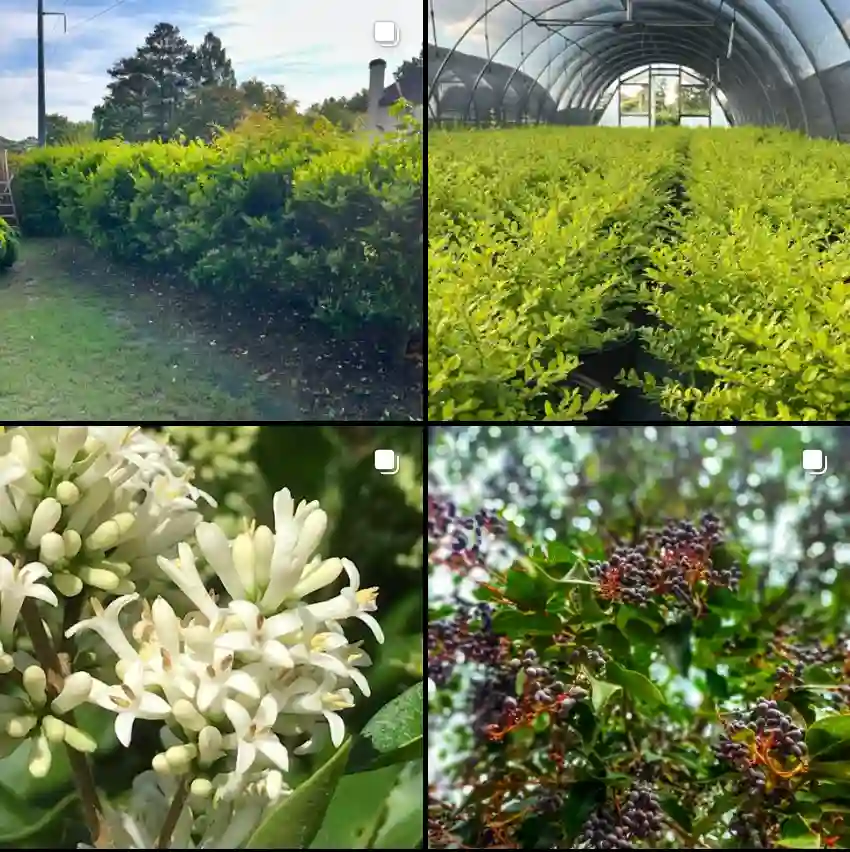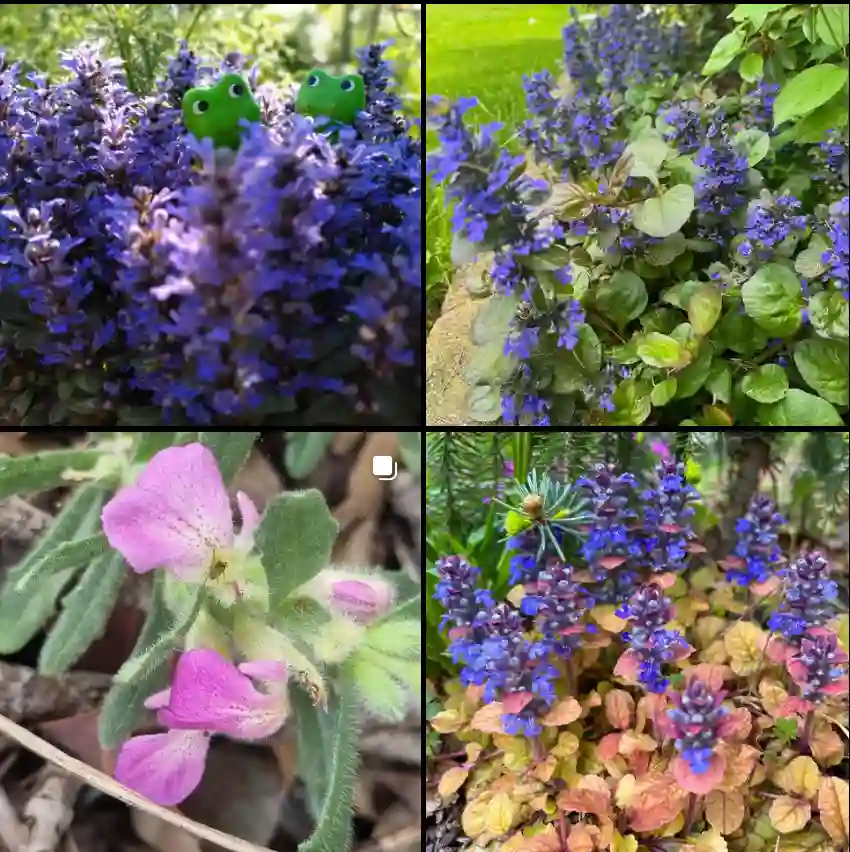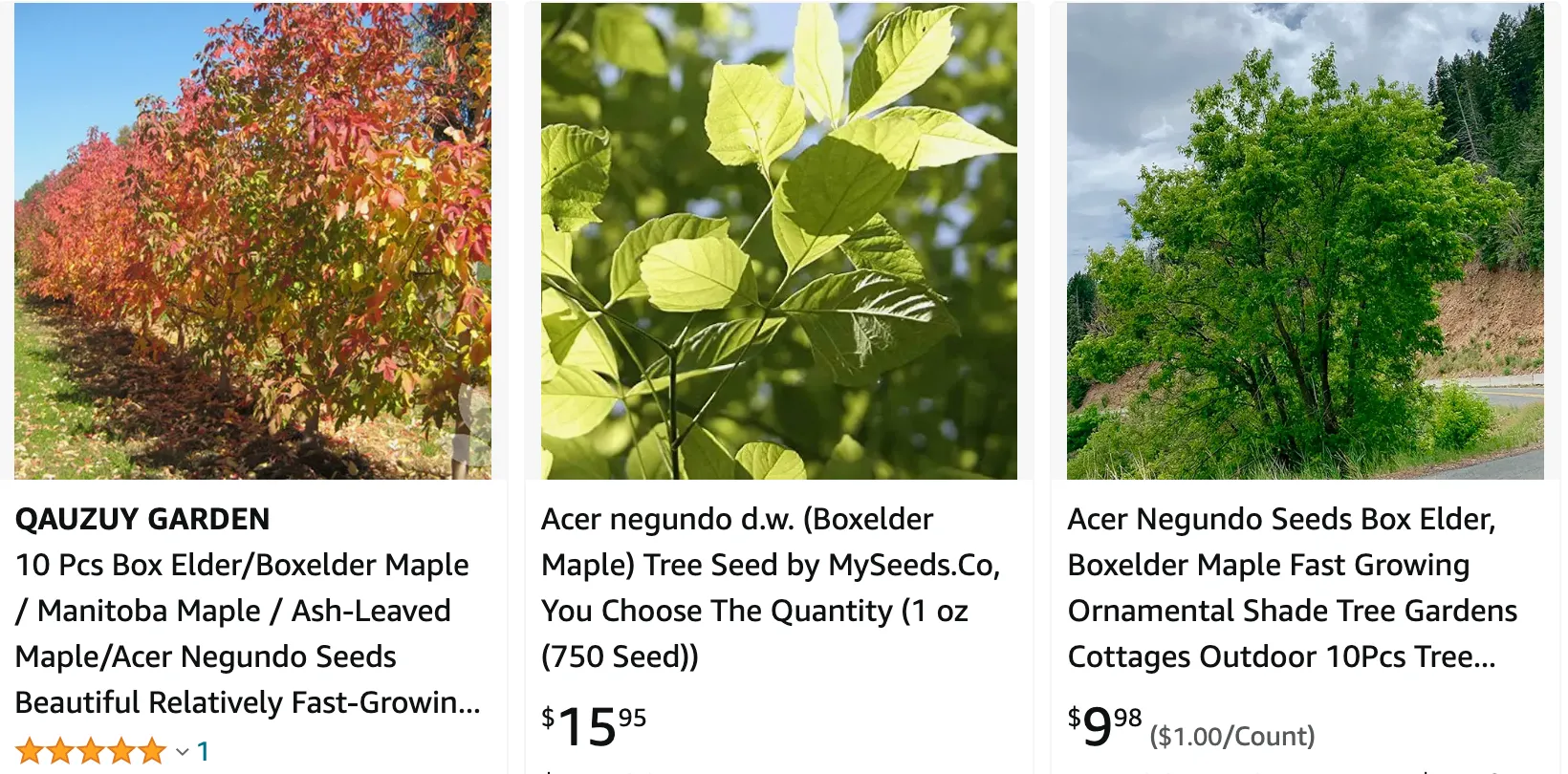
Acer Negundo: A Fast-Growing But Short-Lived Maple
Hi, I’m Ferb Vu, and I’m here to answer your questions about the Acer Negundo, also known as the boxelder maple, Manitoba maple, or ash-leaved maple. This fast-growing tree is a familiar sight in many parts of North America, but it has its own unique set of characteristics.
168 Species in Genus Acer – Maple Tree
What is an Acer Negundo?
The Acer Negundo is a deciduous tree native to North America. It’s known for its rapid growth, reaching heights of 35-80 feet with a trunk diameter of up to 20 inches. Unlike other maples, the Acer Negundo has opposite, pinnately compound leaves, resembling ash leaves with 3-7 leaflets.
While it provides quick shade, the Acer Negundo is considered short-lived compared to other maples, with a lifespan of around 30-50 years.
Boxelder Maple vs Poison Ivy
I’ve had Boxelder Maples in my yard, and their vibrant fall colors are stunning, but dealing with Poison Ivy, which I had a run-in with once, was an absolute nightmare because the rash took weeks to clear up.
How to Care for an Acer Negundo?
The Acer Negundo is a relatively low-maintenance tree. Here’s what you need to know:
- Light: This tree thrives in full sun or part shade.
- Soil: Adaptable to most soil types, it prefers moist, well-drained soil.
- Watering: Regular watering is needed, especially during the first few years after planting. Once established, it’s moderately drought tolerant.
- Fertilizing: Fertilize young trees in early spring with a balanced fertilizer. Mature trees typically don’t require additional feeding.
- Pruning: Prune young trees to develop a strong structure. Prune mature trees for size control, removing dead or diseased branches in late winter or early spring.
Important Note: Acer Negundo is a prolific suckering tree, meaning it sends up shoots from its roots. Be prepared to remove suckers regularly to prevent them from taking over your landscape.
How to Propagate Acer Negundo?
The Acer Negundo can be propagated through several methods:
- Seeds: Seeds can be collected in fall and sown directly outdoors in a cold frame or stratified (exposed to cold temperatures) before spring planting. Germination can be slow and erratic.
- Softwood Cuttings: Take softwood cuttings in early summer. Treat the cut ends with rooting hormone and plant them in a moist, well-draining potting mix. Keep the cuttings in a warm, humid environment until roots develop.
- Root Suckers: Separate root suckers from the parent tree using a sharp shovel. Plant the suckers immediately in their permanent location.
Remember: Propagating from seed may result in trees with less desirable characteristics like weak branching or heavy suckering.
What to Plant with Acer Negundo?
Due to its fast growth and potential for suckering, Acer Negundo isn’t ideal for planting close to other trees or shrubs. However, it can be a good choice for providing quick shade in a large open area. Here are some compatible planting options:
- Grasses: Ornamental grasses like switchgrass or maiden grass can add textural contrast and fill in the space beneath the tree.
- Perennials: Shade-tolerant perennials like hostas, ferns, or columbine can create a low-maintenance underplanting.
- Spring Bulbs: Plant spring-blooming bulbs like daffodils or tulips for a burst of color before the tree leafs out.
Important Note: Consider the mature size of the Acer Negundo when choosing companion plants. Ensure you plant shade-loving options that won’t be crowded out by the tree’s canopy.
Common Problems with Acer Negundo
While a fast grower, the Acer Negundo has some drawbacks:
- Brittle Wood: The wood is weak and prone to breaking in storms or high winds.
- Suckering: As mentioned earlier, this tree produces prolific root suckers that can quickly take over a garden.
- Pests and Diseases: The Acer Negundo is susceptible to various insects like aphids, scales, and borers, as well as fungal diseases like boxelder bug wilt and verticillium wilt.
Conclusion
The Acer Negundo is a fast-growing tree with interesting foliage. However, its short lifespan, weak wood, and suckering habit make it a less desirable choice for some landscapes. Consider these factors before planting an Acer Negundo and choose the right companion plants to create a balanced and visually appealing space.
If i die, water my plants!
